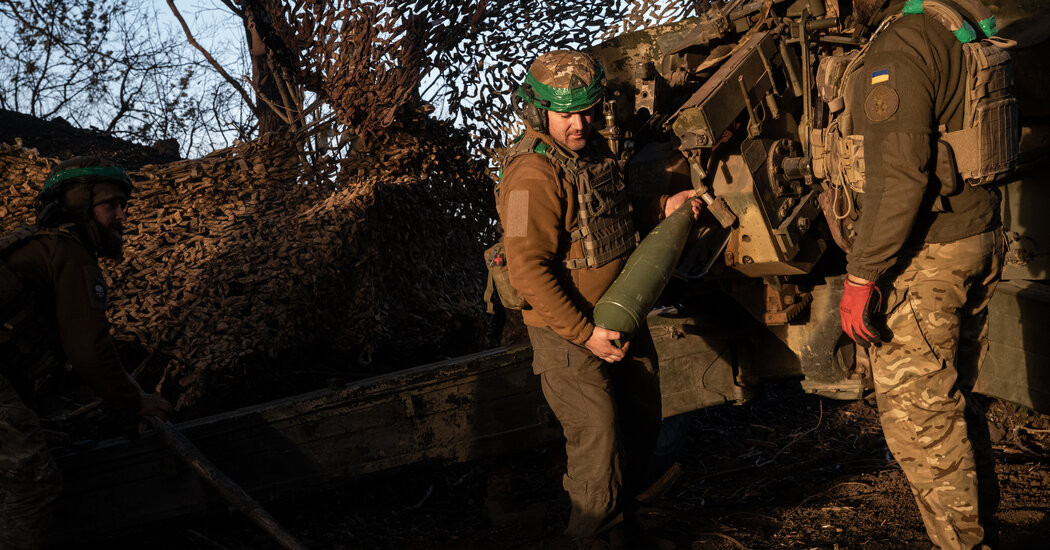

The idea is to use rope-a-dope tactics, letting Russian forces pound away until they have exhausted themselves. It’s far from clear if the Ukrainian strategy will succeed.
Throughout the year, Ukraine has lost a series of cities, towns and villages in its eastern Donbas region to Russia, typically withdrawing its troops after hard-fought battles that sometimes lasted for months.
Marinka was the first to fall, a sign in January that Russia had regained momentum on the battlefield. Then came Avdiivka, an industrial city where Ukrainian soldiers had hunkered down in a dense maze of trenches and bunkers. Finally, this past week, Ukraine retreated from Vuhledar, a mining town perched on high ground that was a linchpin of Ukrainian defenses in the southeast.
To outside observers, Ukraine’s slow but steady retreat from the Donbas region, the main theater of the war today, may seem to signal the beginning of the endgame, with Moscow firmly gaining the upper hand on the battlefield, leveraging its overwhelming advantage in manpower and firepower.
But Ukrainian commanders and military experts dispute that, saying that a more crucial fight is unfolding in the region that goes beyond simple territorial gains and losses. It is now a war of attrition, they say, with each side trying to exhaust the other by inflicting maximum losses, hoping to break the enemy’s capacity and will to continue the war.
All summer, Russia was sending waves of troops backed by columns of armored vehicles in brutal assaults, regardless of the casualties, and saturating the skies with drones, shells and bombs.
Ukraine, a country that is a fraction of the size of Russia and with about a third of the population, is at an inherent disadvantage in this kind of battle. It has fewer men to send to the front, and, despite an influx of Western military aid, remains largely outgunned on the battlefield.